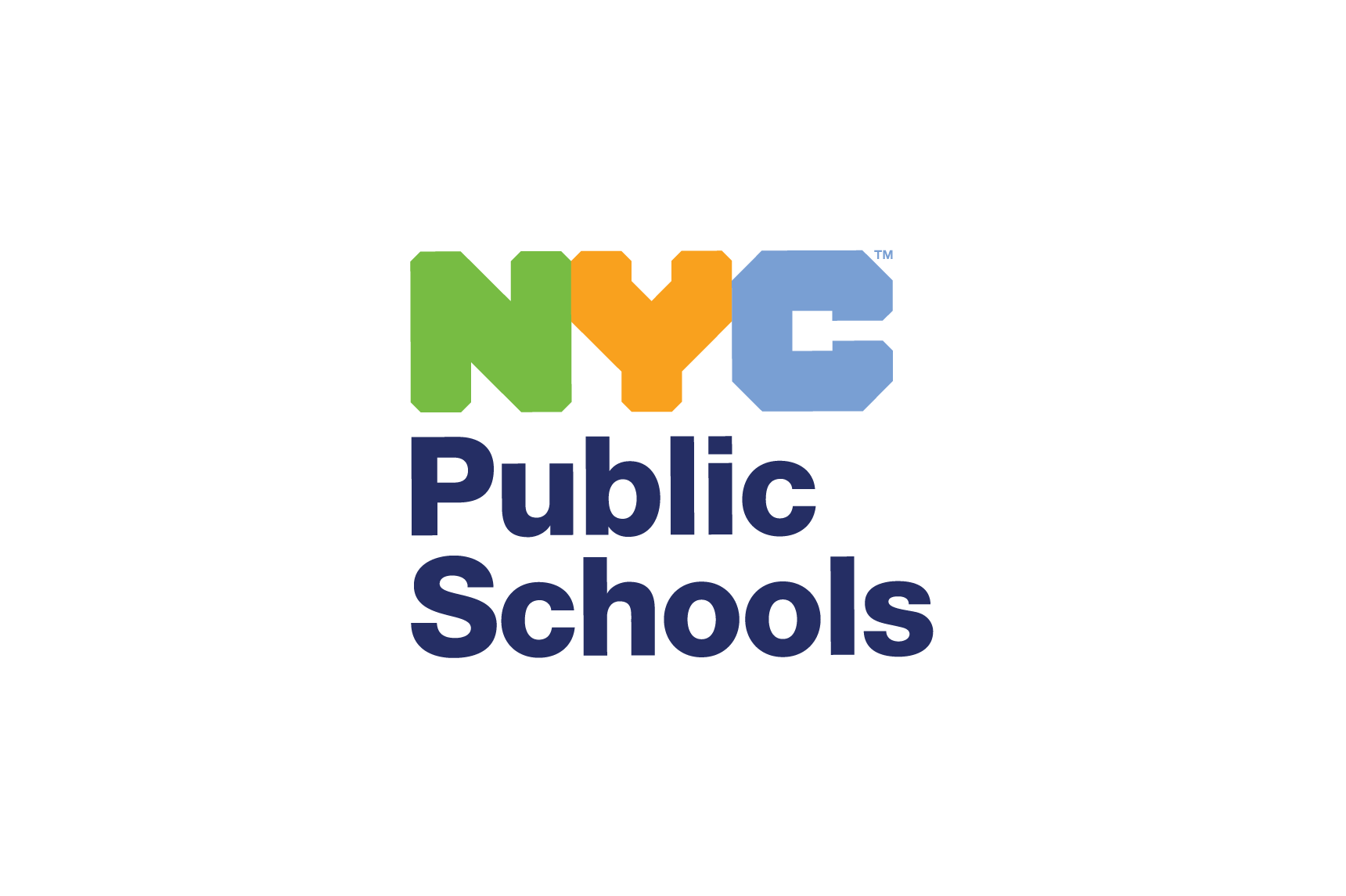Record Number of NYC Students, Teachers, and Families Complete NYC School Survey
Results show high level of satisfaction with NYC schools, including 3-K for All and Pre-K for All
“The School Survey represents our continued partnership with students, teachers, and families to improve our City’s schools,” said Schools Chancellor Richard A. Carranza. “Our community feels positively and passionately about the state of our schools, and their feedback on research-driven survey questions has to drive our work. It’s foundational to making New York City the fairest and best urban school system in the country.”
Overall, survey responses continue to indicate a high level of satisfaction with the City’s schools. In 2018:
- 95 percent of families reported satisfaction with their child’s education.
- 96 percent of families reported satisfaction with the response they got when they contacted their child’s school.
- 81 percent of students responded that their school offers a wide enough variety of programs, classes, and activities to keep them interested in school.
- 86 percent of teachers said they usually looked forward to each working day at their school.
The survey included questions about Pre-K for All, as well as 3-K for All in its first year. The responses reflect strong enthusiasm for these programs. In 2018:
- 98 percent of families felt good about the way their child’s teacher helped their child adjust to Pre-K or 3-K.
- 95 percent of families felt their child’s teacher gave them helpful ideas on how to support their child’s learning.
- 95 percent of families felt their child’s teacher let them know that they can make a difference in their child’s learning.
The NYC School Survey represents the DOE’s ongoing commitment to listening to and learning from students, families and educators, also outlined in the Chancellor’s listening tour report, “Moving Toward a More Equitable School System.” This year’s survey was available online and in print in 10 languages, and completed by students, teachers, and families between February 12 and April 20.
The survey is designed in partnership with the Research Alliance for NYC Schools and aligned to the six core elements of the Framework for Great Schools: Rigorous Instruction, Collaborative Teachers, Supportive Environment, Effective School Leadership, Strong Family-Community Ties, and Trust. Research has demonstrated that schools strong on the elements of the Framework are more likely to produce gains in attendance and student achievement. School communities use survey responses to identify areas of strength and areas of improvement, and make changes that can lead to improved student outcomes. In collaboration with the Research Alliance for New York City Schools, the survey is refined annually to provide actionable, Framework-aligned feedback about each school.
“A record-high number of students, teachers, and families took the NYC School Survey. This means that conversations about how to improve will be better-informed and driven by our most essential voices. We’re proud to know our school communities feel a high level of satisfaction with their schools, and we’re excited to work with them and build on our progress this upcoming school year,” said Phil Weinberg, Deputy Chief Academic Officer for Teaching and Learning.
“The Survey is an essential tool for learning about NYC students’, teachers’ and parents’ experiences in school,” said James Kemple, the Research Alliance’s executive director. “The Survey’s results can inform individual school practices and system-wide policies, and the data offer important insights into levers for school improvement, some of which we have begun to explore in our research.”
Survey questions and results can be found online.

